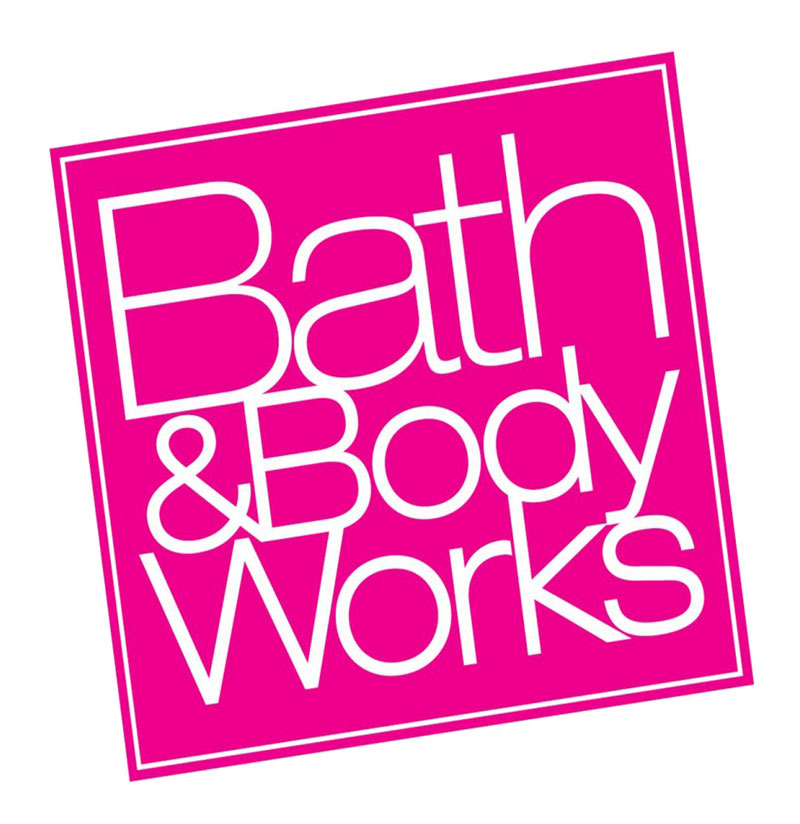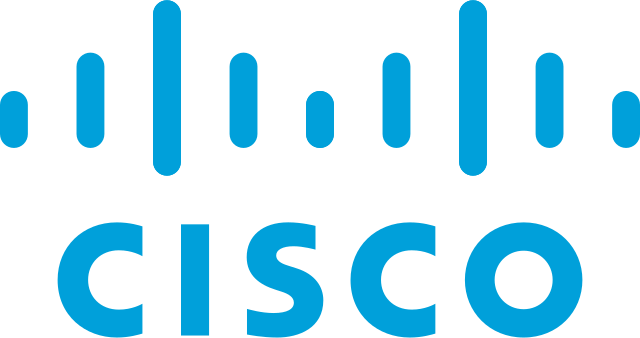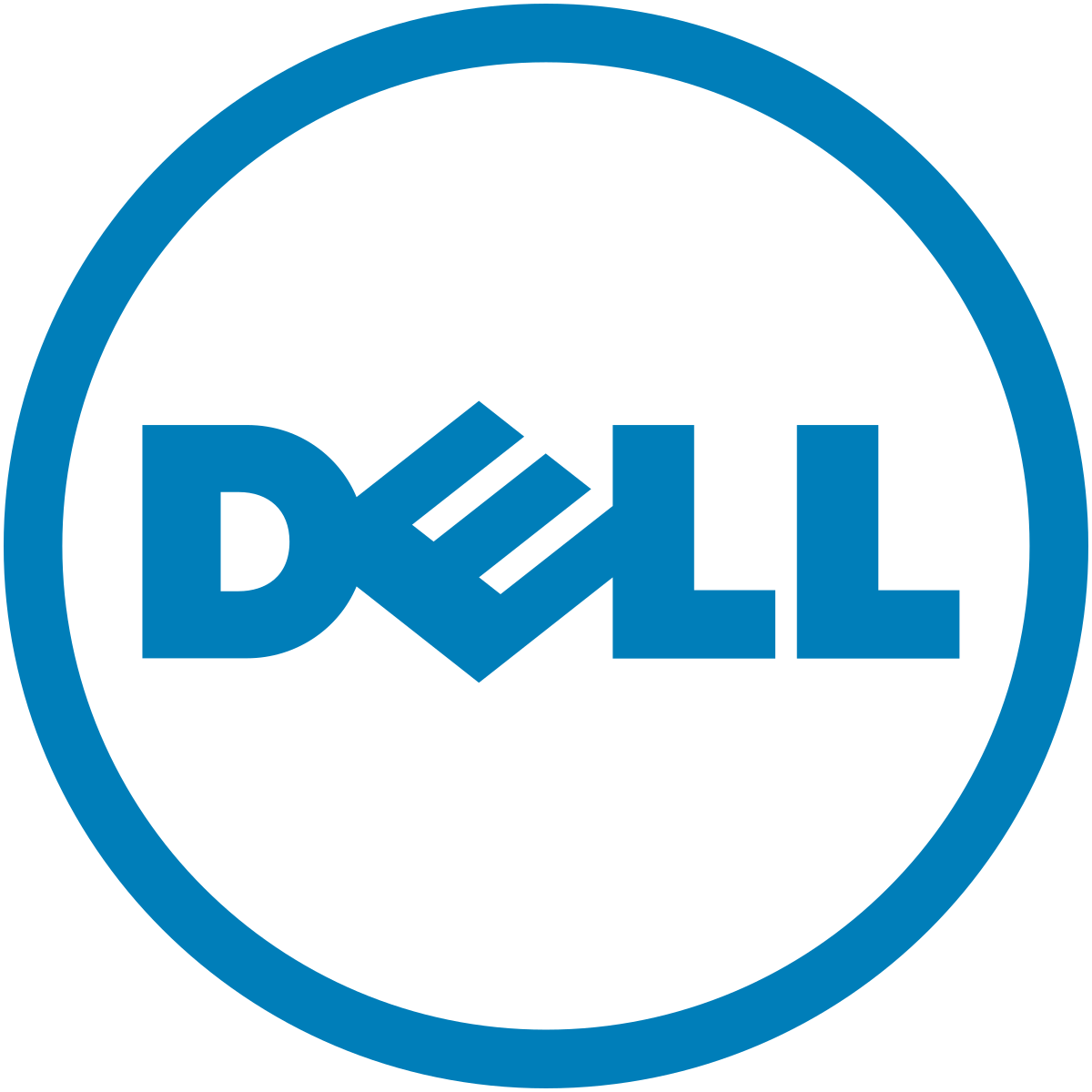Identifying & Tracking In-Kind Donations for Nonprofits
In-kind donations can be a game-changer for nonprofits. Whether it’s donated equipment, free professional services, or supplies for an event, these non-cash gifts can significantly reduce costs and expand impact. But while receiving donated goods and services is exciting, identifying and tracking in-kind donations for nonprofits isn’t always straightforward.
In this post, we’ll break down exactly how nonprofits can manage these contributions to maximize their value and stay at the top of their fundraising game. We’ll cover:
- What are in-kind donations?
- How to identify in-kind donation opportunities for nonprofits
- Making the ask for in-kind donations
- Tracking in-kind donations effectively
- Bonus: Companies that give in-kind donations to nonprofits
Understanding how to make the most of in-kind support starts with clarity—what exactly qualifies as an in-kind donation, and how do these non-cash contributions differ from traditional monetary gifts? By grasping the fundamentals, nonprofits can confidently seek out and steward these donations with the same care and strategy they apply to financial gifts.
Let’s start by defining what in-kind donations are and how they function in the nonprofit world.
What are in-kind donations?
In-kind donations can be defined as any non-monetary contributions that nonprofits receive. While they can be gifted by individuals, businesses, or other organizations, companies are often one of the most helpful sources to keep in mind.
Instead of giving direct funds, donors provide goods or services that the nonprofit can use to support its mission. These contributions can be just as valuable—sometimes even more so—than financial gifts because they often fulfill specific needs without requiring the nonprofit to spend its own funds.
There are two main types of in-kind donations:
- Tangible Goods: These are physical items like office equipment, clothing, food, medical supplies, furniture, or technology. For example, a local restaurant might donate food for a fundraiser, or a company could provide laptops for a youth program.
- Professional Services: These include donated time and expertise from skilled professionals. Examples include legal advice, graphic design, IT support, or accounting services offered at no charge.
Understanding what qualifies as an in-kind donation is the first step toward accurately tracking, valuing, and reporting these contributions.
Benefits of in-kind donations for nonprofits
In-kind donations can be incredibly valuable assets for nonprofits, often providing support that goes beyond what financial contributions alone can accomplish. These non-cash gifts can help organizations stretch their budgets, expand their reach, and build meaningful community relationships.
Here are some key benefits of in-kind donations:
- Reduced operating costs. In-kind donations can significantly lower overhead expenses. For example, donated office supplies, computers, or venue space can free up cash that can be redirected to core programs or urgent needs.
- Access to expertise and services. Donated professional services offer nonprofits access to high-quality expertise they might not otherwise afford. These contributions can raise the professionalism of an organization without draining its budget.
- Enhanced program delivery. In-kind donations can directly support program activities. A food bank receiving donated groceries, or a school program receiving art supplies, can immediately put those resources to use, allowing the nonprofit to serve more people or improve the quality of their service.
- Increased donor engagement. Some supporters may be more willing to give in-kind than cash. Allowing multiple ways to give makes philanthropy more accessible and helps bring in new types of donors who can still make a meaningful impact.
- Valuable public relations opportunities. Partnering with businesses for in-kind support can result in shared marketing, media attention, and co-branded events. These opportunities raise awareness for your organization while providing positive exposure for the donor.
Altogether, these benefits highlight how in-kind donations are more than just budget boosters—they’re strategic assets that can elevate a nonprofit’s operations, programs, and visibility. By embracing these contributions, organizations can unlock new levels of impact and form deeper, more diverse partnerships with supporters.
Next, let’s explore how to identify in-kind donation opportunities and recognize the full range of goods and services your organization could be receiving.
How to identify in-kind donation opportunities for nonprofits
In-kind donations can be incredibly useful—but only if your nonprofit knows how to identify and pursue them strategically. Rather than waiting for offers to come your way, it’s important to proactively seek out opportunities that align with your organization’s needs and mission.
Here’s how you can get started:
1. Assess Your Organization’s Needs
The first step is to assess your organization’s operations and programs to identify what kinds of goods or services would be most helpful. Think beyond the obvious—yes, donated laptops and office supplies are useful, but so are things like printing services, volunteer t-shirts, event catering, or software subscriptions.
Talk to staff and program leads across departments to get a full picture of where in-kind support could have the greatest impact. Then, compile a clear and prioritized wish list that you can share with supporters, post on your website, or use in corporate outreach efforts.
2. Identify Companies with In-Kind Giving Programs
Many businesses—of all shapes, sizes, and sectors—offer structured in-kind donation programs. National brands often have well-established initiatives supporting nonprofits through product donations, while smaller businesses may offer goods or services informally upon request.
Start by researching companies that align with your mission or operate in your geographic area. Look at their corporate social responsibility pages, giving guidelines, or press releases to see if they mention product donations or sponsorships. You can also explore nonprofit resource sites and directories that list companies known for their in-kind support—or use a corporate giving database to streamline the research.
You might be surprised by the diverse array of products and services that companies offer! From theme park tickets to meeting spaces, you can find a company willing to sponsor just about anything.
3. Build Relationships with Local Vendors and Partners
Don’t overlook the small or mid-level businesses in your own community. Many are willing to support local causes—especially if they see a mutually beneficial opportunity.
For example, local restaurants may donate food for events, print shops might provide discounted materials, and service providers like accountants, lawyers, or IT professionals may offer their time pro bono in exchange for positive publicity. Reach out directly, explain your mission and needs, and highlight how their support could make a difference.
4. Tap into Your Network
Sometimes, your best in-kind donation opportunities are already within your reach. Board members, volunteers, and current donors may have connections to companies or individuals willing to contribute services or products. Make it easy for your network to help by sharing your wish list and encouraging them to make introductions or advocate on your behalf.
5. Look for Event-Specific Donations
Events offer a great entry point for in-kind gifts. From auction items and decor to refreshments and venues, events require a wide range of goods and services—making them ideal for asking businesses to contribute in ways that are manageable and visible.
Making the ask for in-kind donations
Asking for in-kind donations can be a powerful strategy. When done well, these gift requests allow you to build lasting relationships and meet specific needs—all without straining your budget.
Here’s how you can approach the ask effectively and maximize the likelihood of a positive response:
1. Be Specific About What You Need
Rather than a general appeal for “supplies” or “support,” get specific with what you need. For example, you might ask for “200 unopened hygiene kits for our shelter” or a “One-time legal review of our employee handbook.”
Remember—the more clearly you communicate your needs, the easier it is for potential donors to say yes.
2. Match the Ask to the Donor
Be sure to consider who you’re asking—and what they could realistically provide. For example…
- A tech company may be more inclined to donate hardware or IT support.
- A local bakery might provide baked goods for an event.
- A law firm could offer pro bono legal services.
For the best results, use your donor database, volunteer network, or board connections to identify people or businesses with relevant resources that they may be willing to share.
3. Explain the Impact
Corporate and individual donors alike want to know how their contributions will make a difference. Help them see the value of their gifts by framing your language around a gift’s tangible impact:
- “Donating 50 backpacks will equip every student in our summer program with the tools they need to learn well.”
- “Your donated ad space can help us reach 10,000 local residents, informing them about our organization’s services and programs.”
Highlight how their support directly advances your mission, and how you wouldn’t be able to do it without them. This is also helpful for companies that then have to communicate their impact to stakeholders and beyond.
4. Make It Easy to Say Yes
Remove barriers by offering clear instructions and a simple process for getting involved. This could mean:
- Sharing an in-kind donation wish list.
- Organizing a convenient or flexible drop-off location.
- Offering to pick up items.
- Providing documentation for tax purposes.
All in all, the easier it is for companies (or individual donors) to say yes to your request, the more likely they are to do so.
Tracking in-kind donations effectively
Properly tracking and reporting on in-kind donations is essential for nonprofit transparency, financial accuracy, and compliance with IRS and accounting standards.
Here’s how to ensure your organization manages in-kind contributions with clarity and care:
1. Use a Centralized Tracking System
Whether it’s a donor management platform, accounting software, or a simple spreadsheet, all in-kind donations should be recorded in a centralized location.
For the best results, the system should capture:
- Donor name and contact information
- Date received
- Description of goods or services
- Calculated fair market value (FMV)
- Intended use or program designation
Even better, you’ll want to choose a platform that allows you to tag or categorize in-kind gifts separately from cash donations, too.
2. Collect Proper Documentation
Always request a donation receipt form or acknowledgment letter from the donor (or provide one yourself). This should include:
- A detailed description of the donation
- The date of the donation
- A statement clarifying whether the nonprofit provided anything in return
- The estimated FMV, if applicable
This protects both your organization and the donor during audits or end-of-year reporting.
3. Maintain a Consistent Policy
Develop and follow an in-kind donation policy that outlines how gifts are accepted, valued, tracked, and reported. This ensures consistency across departments and accountability for staff and volunteers handling donations.
4. Sync with Accounting and Development Teams
Ensure that your finance team and fundraising/development staff are in sync. Finance needs accurate data for audits and tax filings, while development needs in-kind values for donor stewardship and fundraising metrics. Regular communication helps avoid duplication or missed entries.
5. Report In-Kind Donations Transparently
Include in-kind donations in your annual reports, fundraising materials, and Form 990 filings when appropriate. They demonstrate the full value of community support and show donors that their contributions—cash or not—are being properly honored and managed.
Bonus: Companies that give in-kind donations to nonprofits
Aiming to secure in-kind donations for your nonprofit? Many corporations actively support charitable organizations by donating products, services, software, and professional expertise. And knowing where to look is often half the battle!
Below are several companies known for providing in-kind support to nonprofits:

Google offers the Google Ad Grants program, providing eligible nonprofits with up to $10,000 per month in in-kind advertising on Google Search. This initiative helps organizations increase their online visibility, attract donors, and promote their missions effectively, reaching a broader audience without incurring advertising costs.
Learn more about the company’s other corporate giving programs.
Microsoft

Microsoft supports nonprofits by offering grants and discounted solutions through its Microsoft for Nonprofits program. Eligible organizations can access a range of Microsoft products and services, including cloud solutions and software, to enhance their operations and impact.
Learn more about the company’s other corporate giving programs.
Bath & Body Works

Bath & Body Works contributes to underserved and underrepresented communities by providing in-kind donations to 501(c)(3) organizations. Through partnerships with organizations like Good360, nonprofits can receive personal care items, soaps, lotions, and more to support their programs and beneficiaries.
Learn more about the company’s other corporate giving programs.
Cisco

The Cisco Foundation offers both in-kind donations of networking products and cash grants to nonprofits addressing significant social issues. Their programs focus on organizations that use technology to improve access to education, economic empowerment, and critical human needs.
Learn more about the company’s other corporate giving programs.
Home Depot

The Home Depot Foundation provides in-kind donations and grants to nonprofits, particularly those involved in veteran housing and disaster response. Their programs aim to improve the homes and lives of U.S. veterans and support communities impacted by natural disasters. Through partnerships with nonprofit organizations, The Home Depot Foundation has invested millions of dollars worth of supplies for projects that provide critical home repairs, accessibility modifications, and disaster relief.
Learn more about the company’s other corporate giving programs.
Target

Target offers gift card donations to eligible nonprofit organizations, public schools, and public agencies. These donations, typically ranging from $25 to $500, support various community initiatives and are available upon request at local Target stores.
Learn more about the company’s other corporate giving programs.
Dell Technologies

Dell Technologies supports nonprofits by contributing funds, technology, and expertise to help them drive positive social change. Their initiatives aim to empower organizations to fulfill their missions effectively, particularly in areas where resources are limited.
Learn more about the company’s other corporate giving programs.
Nike

Nike supports schools, community-based organizations, and individuals through grants and product donations. Their programs focus on uplifting communities through sport and inclusion, with initiatives like Nike Give enabling consumers to contribute to organizations that make a difference.
Learn more about the company’s other corporate giving programs.
Wrapping up & additional giving resources
In-kind donations offer tremendous value to nonprofits, often bridging the gap between limited budgets and big goals. From donated technology and equipment to essential products and services, these types of contributions allow organizations to conserve funds, improve efficiency, and focus more of their resources on programming and impact.
And remember: with the right tools and processes in place, managing in-kind donations doesn’t have to be complicated. It can become a core strength of your development strategy.
For more information, check out these additional resources:
- What to Know About Completing an In-Kind Gift Application. Begin soliciting in-kind donations with the tips and tricks in this handy guide! Start submitting leading applications in no time.
- The Ultimate Guide to Nonprofit Fundraising + 22 Ideas. Looking for a broader overview of nonprofit fundraising—including how in-kind donations fit in? Read these insights to inform your own strategies.
- Free Download: Guide to Developing a Workplace Giving Plan. Make the most of employee-led giving with an established workplace giving plan. Get our complete walkthrough here!

